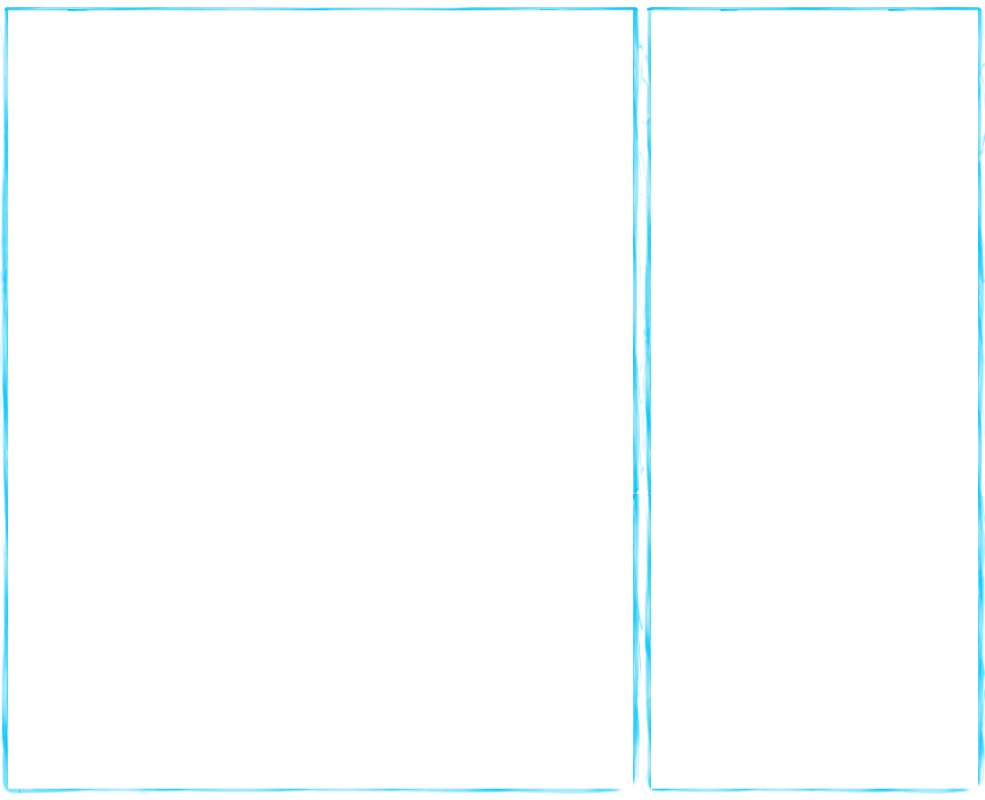

All Science Content
Similar Content
Atoms Lesson
Atoms Games
Atoms Quiz
Atoms Video
Vocabulary mouseover for definition
Proton One unit of positive charge
Electron One unit of negative charge
Valence electron The electron in the outer most energy level
Neutron No charge
Atom Smallest part of an element
Subatomic particles The 3 particles that make up an atom: proton, electron, neutron
Nucleus The place where protons and neutrons are located in an atom
Energy level Place where electrons are located. Also called shells or rings
Mass number Number of protons and neutrons in the nucleus. Atomic Mass is the term relating to the average number of protons and neutrons in nucleus (usually a decimal number)
Atomic number Number of protons in the nucleus
2-8-8 Relating to energy levels, 2 maximum electrons in 1st energy level; 8 maximum in the 2nd energy level; 8 maximum in the 3rd energy level
Isotope Atoms with the same number of protons but different number of neutrons
Ion Atoms that lose or gain electrons
Matter Anything that has mass and takes up space
Similar Content
Atoms Lesson
Atoms Games
Atoms Quiz
Atoms Video
Vocabulary mouseover for definition
Proton One unit of positive charge
Electron One unit of negative charge
Valence electron The electron in the outer most energy level
Neutron No charge
Atom Smallest part of an element
Subatomic particles The 3 particles that make up an atom: proton, electron, neutron
Nucleus The place where protons and neutrons are located in an atom
Energy level Place where electrons are located. Also called shells or rings
Mass number Number of protons and neutrons in the nucleus. Atomic Mass is the term relating to the average number of protons and neutrons in nucleus (usually a decimal number)
Atomic number Number of protons in the nucleus
2-8-8 Relating to energy levels, 2 maximum electrons in 1st energy level; 8 maximum in the 2nd energy level; 8 maximum in the 3rd energy level
Isotope Atoms with the same number of protons but different number of neutrons
Ion Atoms that lose or gain electrons
Matter Anything that has mass and takes up space
ELEMENTS
Ahhhh, what is an element? A force of weather? Material of our Universe? The simplest of all matter? The answer is "Yes to all." Elements are the very things that make up the Universe as we know it. Although, we are only accustomed to that which is in our own Earth and blows around in it. Elements are the basic building units. They can't be broken down into anything less than little element parts. Parts are listed on this page AtomsIf we wanted to make a basic ham and cheese sandwich, we would pull out a list of ingredients that will combine to make the ham and cheese sandwich. Bread, ham, and cheese is a fine start. All of those ingredients are basic. If we broke bread, ham, and cheese down into smaller parts, they would not be bread, ham, and cheese anymore. They would be something different. Just like the ingredients of a ham and cheese sandwich, elements are described as similar. Some examples of elements are Hydrogen, Carbon and Oxygen.
Without getting into elements too deep, it is worth the mention to say that elements are different because of what they are made of and how much. A single particle of an element is an atom. Kind of like a bread crumb is to a slice of bread. Atoms are made of parts called protons, neutrons, and electrons. The "perfect" Hydrogen atom is made of 1 proton, 1 neutron and 1 electron. Life happens and those particles change numbers, all except the protons. Fickle little suckers! So for simplicity, I will mention only protons. Hydrogen has and keeps forever, 1 proton. Add another proton and you have a different element. Two protons make up the voice changing element Helium. Three protons make up Lithium. Ongoing until you have classified each element by its proton number on a Periodic Table. The number of protons in an atom is called the atomic number.